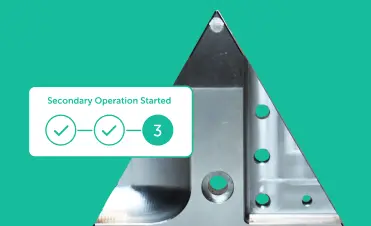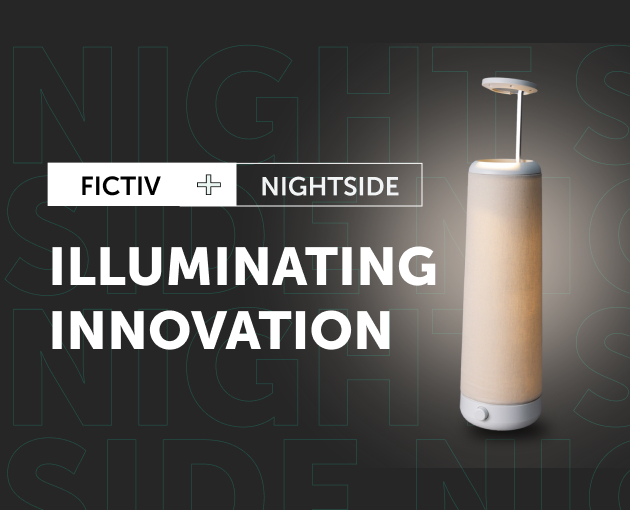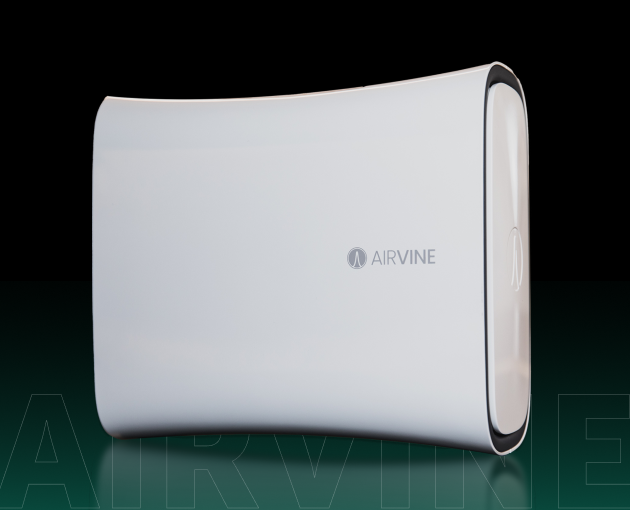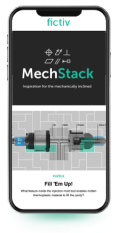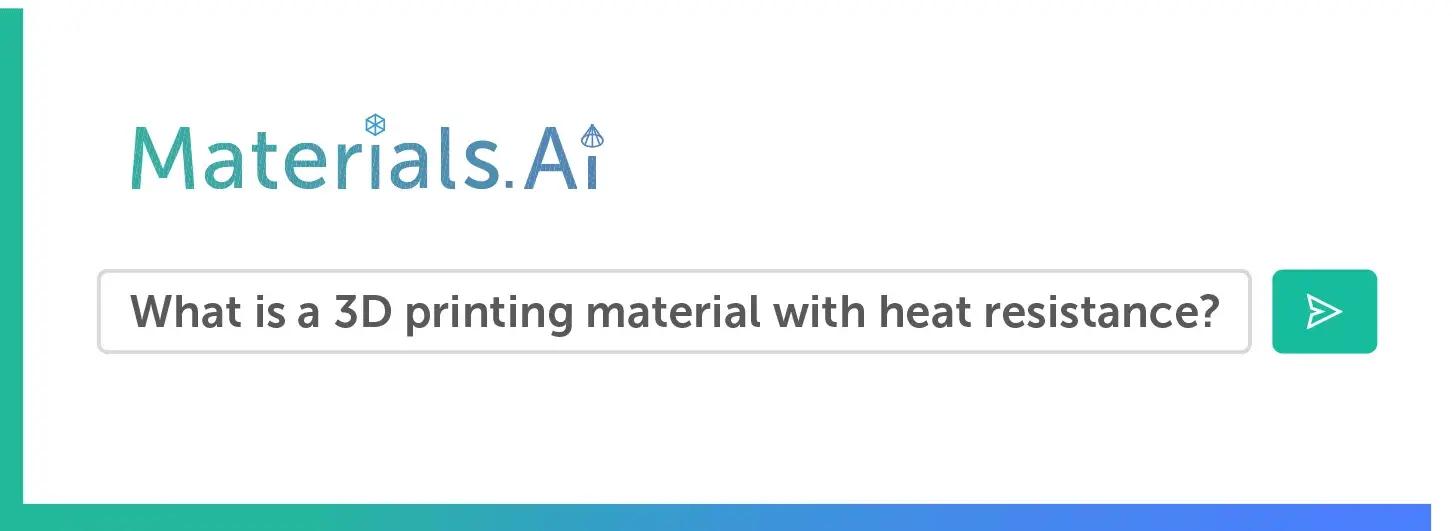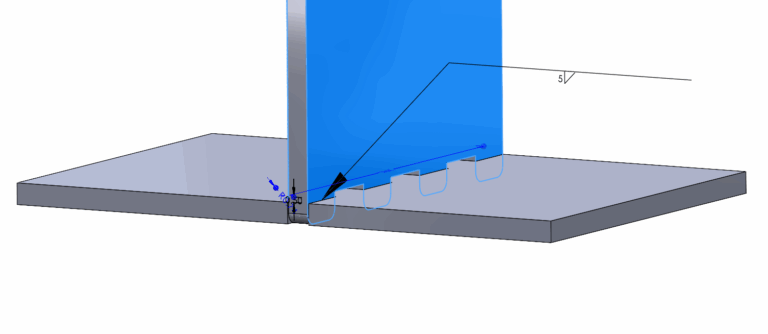Time to read: 8 min
Adhesive bonding is one of the most versatile and efficient joining techniques for manufacturing assemblies, especially when design constraints limit other options. Unlike mechanical fasteners that add weight and concentrate stress, adhesives create seamless joints that distribute loads evenly and reduce vibration. They enable cleaner aesthetics, dampen noise, and allow designers to bond metals, plastics, and composites that might otherwise be incompatible through thermal or mechanical means.
The range of adhesive technologies available today extends beyond traditional structural epoxies; rapid-curing acrylics, hot melts, and advanced pressure-sensitive adhesives (PSAs) are enabling automated, flexible, and reworkable bonding solutions. As production lines evolve toward higher throughput and precision, these bonding solutions are becoming a prominent component of modern engineering. However, using adhesives for assembly does not come without tradeoffs.
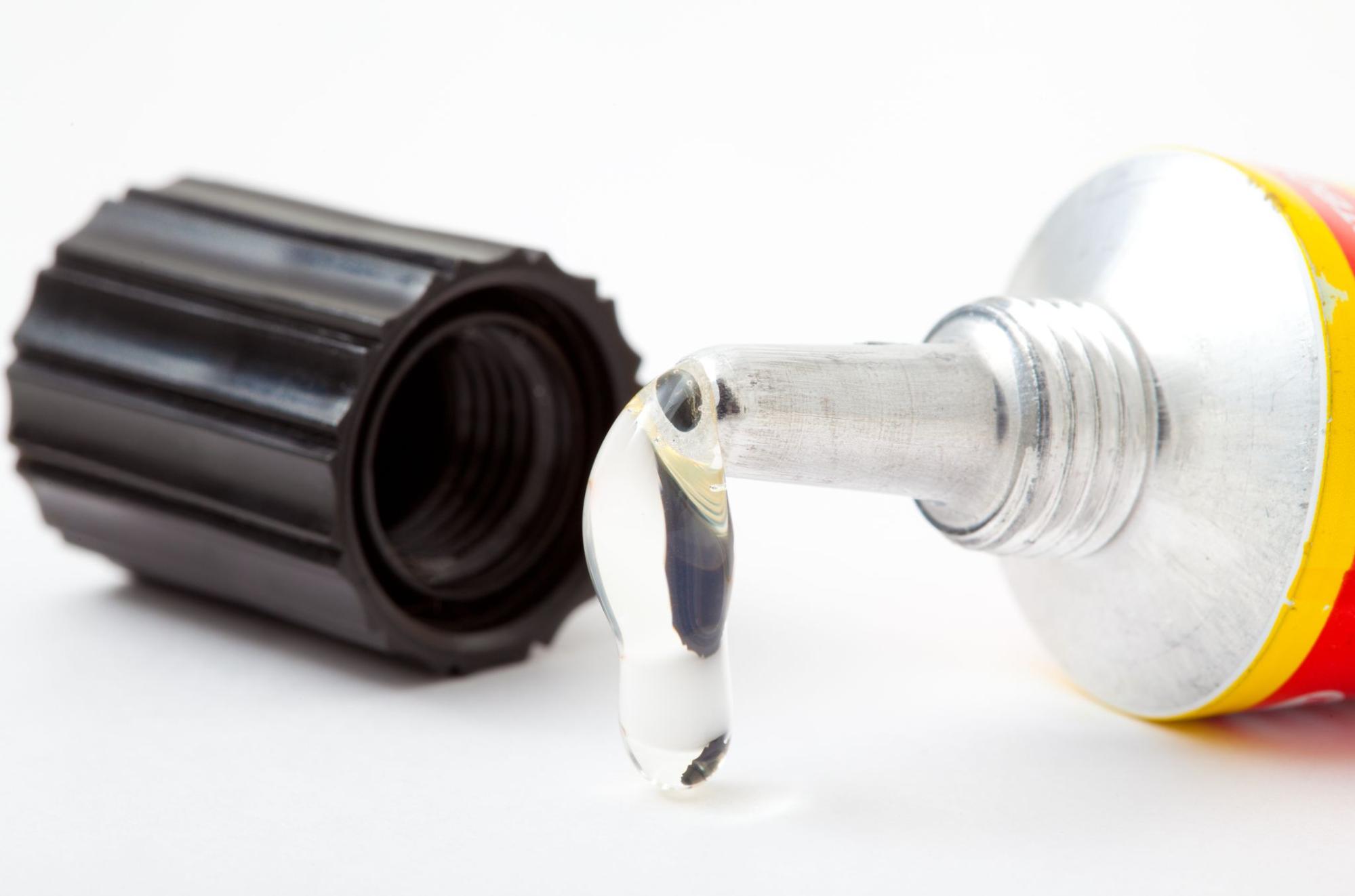
This article will discuss the types of adhesives used for assembly, best practices for preparation and bonding, common challenges, and applications.
What Is Adhesive Bonding in Manufacturing?
Adhesive bonding refers to the process of joining materials through a combination of mechanical interlocking and chemical adhesion at the molecular interface between surfaces. Unlike welding or soldering, which require melting of the substrate, or fastening, which relies on mechanical hardware, adhesives achieve a uniform bond that transmits stress more evenly across the joint.
The mechanics of adhesion involve three main forces:
- Mechanical adhesion, where the adhesive flows into microscopic surface irregularities.
- Physical adsorption, where molecular attraction occurs between the adhesive and the substrate.
- Chemical bonding, in which covalent or ionic bonds form at the interface.
By avoiding localized stress points, adhesive bonding allows thinner or lighter components to achieve structural integrity without deformation. Different forces dominate depending on the substrate (e.g., mechanical adhesion often dominates on rough metallic surfaces vs. chemical bonding on certain plastics).
Types of Adhesives and Their Characteristics
Engineers select adhesives based on performance, cure mechanism, aesthetics, and manufacturing constraints. Adhesives used for assembly can be categorized into three main types: Structural, semi-structural, and non-structural. Each one serves a specific role based on design requirements, performance targets, and production speed.
Structural Adhesives
These are high-strength adhesives formulated for load-bearing joints.
Epoxies remain the benchmark for structural bonding and are prized for their exceptional strength, temperature tolerance, and chemical resistance. They are ideal for metal-to-metal and composite-to-metal joints where long-term durability is essential.
Although cure times are often longer, modern formulations allow heat-accelerated curing and increased toughness for demanding applications such as aerospace panels and automotive chassis components.
Acrylic adhesives offer a faster-curing alternative compared to epoxies and exhibit strong adhesion to dissimilar materials, including plastics and coated metals. Their resistance to impact and vibration makes them suitable for mixed-material assemblies in vehicles, appliances, and electronics.
Semi-Structural Adhesives
These offer a balance of flexibility, impact resistance, and cure speed.
Cyanoacrylates (instant adhesives) deliver extremely rapid bonding—often within seconds—which makes them ideal for small components, sensor housings, and plastics where speed and precision are paramount. However, they are brittle and less suited for high-temperature or high-load conditions.
Urethane adhesives bridge the gap between strength and flexibility. Their ability to absorb shock and accommodate differential expansion makes them valuable for assemblies exposed to vibration, such as automotive interiors or consumer devices.
Anaerobic adhesives, commonly used for threadlocking and sealing, cure in the absence of oxygen when held between metal surfaces. They prevent loosening in bolts, fittings, and rotating assemblies.

Nonstructural Adhesives
Ideal for trim, housings, packaging, and automated consumer assembly.
Hot melts are thermoplastic resins applied in molten form that solidify rapidly as they cool. They enable high-speed assembly of plastic housings, packaging, and electronic components where medium strength and rapid throughput are critical.
Pressure-Sensitive Adhesives (PSAs) / VHB (Very High Bond) Tapes provide an instant, clean bonding solution. PSAs form bonds under light pressure, offering excellent flexibility, reworkability, and vibration damping. They are widely used for display modules, nameplates, and trim applications where aesthetics and process simplicity are key.
Adhesive Type Comparison Table
| Adhesive Class | Adhesive Types | Bond Strength | Cure Speed | Best For |
| Structural | Epoxy, Structural Acrylic, High-modulus Polyurethane | High – suitable for load-bearing and long-term durability | Slow to Moderate | Permanent joints, metal–metal or composite–metal assemblies, high temperature/chemical exposure |
| Semi-Structural | Cyanoacrylate, Urethane, SMP (silane-modified polymers) | Medium – good balance of strength and flexibility | Fast | Mixed-material assemblies, components subject to vibration, small housings, electronics |
| Non-Structural | Hot Melt, PSA, VHB Tape, Rubber-based adhesives | Low to Medium – not for sustained loads | Instant to Very Fast | Trim, covers, plastic housings, consumer goods, reworkable or cosmetic attachments |
Surface Preparation and Bonding Best Practices
Regardless of adhesive type, surface preparation is fundamental to achieving consistent and durable joints. Poor adhesion almost always stems from contamination, surface energy mismatch, or improper application. Some of the best practices for surface preparation and bonding are:
- Cleaning and Degreasing: Remove oils, dust, and release agents using isopropyl alcohol or acetone. Any residue can act as a barrier to adhesion.
- Mechanical Abrasion: Lightly sanding or blasting metal surfaces increases surface area and enhances mechanical interlock.
- Primers and Adhesion Promoters: Essential for low-surface-energy plastics such as polypropylene (PP) and polyethylene (PE), which resist wetting by most adhesives.
- Uniform Pressure Application: For PSAs and VHB tapes, applying steady pressure ensures complete surface contact (“wet-out”) and maximum bond strength.
- Controlled Cure Conditions: Maintain proper temperature, humidity, and pressure during curing. For multi-part or hot-melt systems, synchronize assembly timing with the adhesive’s open time to prevent premature setting.
Designing Adhesive Joints for Strength and Durability
Adhesive performance depends not only on the chemistry but also on joint geometry and load distribution. Because adhesives are strongest in shear and compression, joint designs should minimize tension and peel forces that can lead to premature failure.
Below are some of the standard joint configurations for using adhesives:
- Lap and scarf joints are preferred for structural applications and maximize the bonded area.
- Step-lap and tongue-and-groove joints provide alignment and reduce peel in plastic assemblies.
- Tape joints (PSA/VHB) require broad, consistent surface contact, and often include a recess to control thickness.
- Hot-melt bead joints are appropriate for disposable or low-load components.
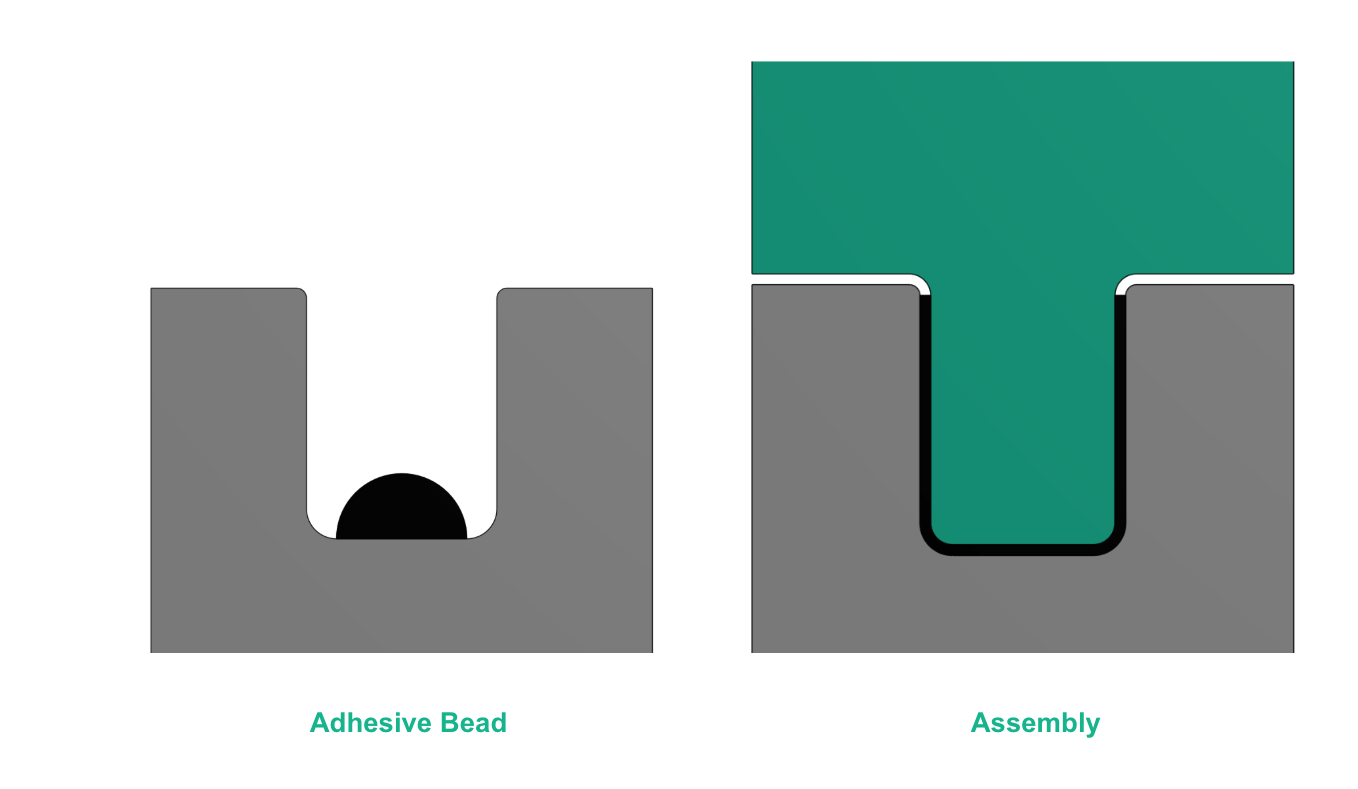
Proper design transforms an adhesive joint from a potential weak point into a structural asset. Therefore, when designing joints for adhesives, it is essential to consider the following:
- Use the volume or cross-sectional area of the adhesive bead to calculate the displacement and wetting area in the final assembly based on clearance.
- Maintain a uniform bondline thickness of 0.05–0.15 mm to balance strength and flexibility.
- Account for thermal expansion mismatch. Metals and plastics expand (and contract) differently with temperature changes, so flexible adhesives or compliant joint geometries may be necessary to relieve stress.
- Match adhesive modulus to expected load type: rigid adhesives handle shear loads best, while flexible ones resist vibration and peel.
Adhesive Selection by Material Combination
Choosing the right adhesive depends on the materials involved, required bond strength, environmental exposure in service, and desired assembly process. By making careful selections early in the design phase, engineers can avoid costly redesigns and assembly issues downstream.
Recommended Adhesives for Various Materials
| Material Combination | Recommended Adhesive | Notes |
| Metal–Metal | Epoxy, Acrylic | Clean surfaces; cure under a clamp for the best strength |
| Plastic–Plastic | Cyanoacrylate, Hot Melt | Choose based on reworkability and load conditions |
| Metal–Plastic | Acrylic, VHB Tape | Accommodates thermal expansion |
| Painted Metal–Plastic | PSA / VHB | Avoids solvent attack and the application of heat to the substrate |
| Composite–Aluminum | Epoxy | Low-exotherm, slow-cure variants may be recommended |
| Plastic–TPE/Rubber | Cyanoacrylate, Urethane, PSA/VHB | Depends on materials and application; surface prep or primer may be required. |
| Metal–TPE/Rubber | Urethane, Epoxy (flexible/toughened), PSA/VHB | Depends on materials and application; surface prep or primer may be required. |
Common Challenges, Failure Modes, and Troubleshooting
Even with proper selection, adhesive bonding can encounter problems during manufacturing or service. Understanding failure modes helps engineers troubleshoot effectively.
- Poor Adhesion: Typically caused by contamination or inadequate surface energy. Reclean and consider primers for difficult substrates.
- Weak Bond: May result from incorrect adhesive choice or insufficient curing. Verify cure time, temperature, and mix ratio.
- Creep Under Load: If the adhesive deforms over time, switch to a more rigid formulation or redesign the joint to reduce constant stress.
- Peel Failure: Occurs when loads act perpendicular to the bondline. Increase overlap or add mechanical reinforcement.
- Voids or Bubbles: Indicate poor dispensing or trapped air. Use controlled pressure and temperature to ensure uniform wetting.
- Environmental Degradation: Exposure to UV radiation, moisture, thermal cycling, or chemicals can weaken the adhesive over time, leading to embrittlement, softening, or a gradual loss of bond strength.
Example Use Cases for Adhesive Bonding
Adhesive bonding is used across industries to solve challenges involving mixed materials, tight tolerances, and aesthetic requirements. Below are common engineering scenarios that illustrate how different adhesive classes support modern product design:
Bonding Plastic Lenses to Metal Housings
Consumer electronics often combine polycarbonate (PC) or acrylic lenses with anodized aluminum housings. Acrylic or VHB adhesives accommodate thermal expansion differences while preserving cosmetic surfaces, eliminating the need for screws that would compromise appearance.
Structural Bonding in Automotive and EV Components
Epoxies and structural acrylics are used to join aluminum or composite panels in battery enclosures, body structures, and reinforcement brackets. These adhesives distribute load more evenly than welds or fasteners and improve fatigue performance in vibration-heavy environments.
Attaching Trim, Bezels, and Display Modules
Pressure-sensitive adhesives and VHB tapes are ideal for nameplates, screens, and interior trim because they offer clean processing, instant tack, and reworkability. Their flexibility also helps dampen vibration and protect fragile optical components.
Fast Assembly of Plastic Housings and Disposable Components
Hot melt adhesives enable rapid, automated bonding of plastic covers, packaging components, and lightweight housings. Their rapid solidification enables high-throughput manufacturing while providing sufficient strength for non-load-bearing parts.
Sensor, Connector, and Small Component Assembly
Cyanoacrylates excel when bonding small parts such as connectors, sensors, and fixture elements due to their near-instant curing and precision application. They are especially useful in assemblies requiring tight tolerances or a minimal adhesive footprint.
Adhesives vs. Other Joining Methods
To determine whether adhesive bonding is appropriate, it’s helpful to compare it with alternative joining methods in terms of strength, speed, and serviceability.
| Joining Method | Strength | Speed | Reworkability | Common Use |
| Adhesive (Epoxy/Acrylic) | High | Moderate | Low | Structural metal or composite joints |
| Hot Melt | Low–Medium | Very Fast | High | Consumer goods, plastic housings |
| PSA / VHB Tape | Medium | Instant | High | Displays, trim, signage |
| Mechanical Fasteners | High | Slow | High | Serviceable or temporary joints |
| Metal Welding | Very High | Slow | None | Permanent metal structures |
| Plastic Welding (Ultrasonic/Thermal) | Medium-High | Fast-Moderate | Low | Permanent plastic housings or joints |
Future Trends in Adhesive Assembly
The next generation of adhesive technologies is advancing toward smarter, more automated, and more sustainable solutions.
- Smart adhesives incorporate conductive fillers or self-healing polymers, allowing joints to monitor structural health or repair microcracks autonomously.
- Automated adhesive dispensing systems are becoming standard in high-volume assembly, ensuring consistent bead size, minimal waste, and traceable process control.
- Hybrid bonding methods integrate adhesives with mechanical interlocks or laser welding for safety-critical systems such as batteries and aerospace components.
Engineering Stronger Products Through Smarter Bonding
Adhesive bonding has evolved from a niche assembly method into a cornerstone of modern manufacturing. It empowers engineers to join metals, plastics, and composites in ways that are cleaner, lighter, and more visually appealing compared to other joining methods.
By understanding adhesive types, surface preparation, and joint design, manufacturers can achieve durable, reliable bonds that stand up to demanding service conditions. Whether for a structural aircraft panel or a consumer electronics housing, the principles remain consistent: choose the right chemistry, prepare the surfaces carefully, and design the joint intelligently.
Need help designing bonded assemblies for plastics or metals? Fictiv provides expert DFM feedback, rapid prototyping, and production solutions for adhesive-based and mechanically joined assemblies.
Get started on a quote today or reach out to our team about our assembly solutions.
